Cinnamon Showdown: Which Type Reigns Supreme in Your Spice Rack?
When it comes to spices, few have the charm and versatility of cinnamon. From sweet apple pies to savory Moroccan tagines, this fragrant bark has traveled across continents and centuries to become a kitchen staple around the globe. But here’s the twist: not all cinnamons are created equal.
In this deep dive, we’ll explore the different types of cinnamon that grace our spice jars — from the common to the exotic — and help you decide which one belongs in your next dish, snack, or DIY project. Whether you’re a seasoned chef or a curious home cook, there's something spicy-sweet for everyone.
Table of Contents
- What Is Cinnamon Anyway?
- The Main Types of Cinnamon
- Ceylon vs Cassia: The Ultimate Comparison
- Other Lesser-Known Cinnamon Varieties
- How to Use Each Type Like a Pro
- Buying Guide: How to Choose the Right Cinnamon
- Conclusion
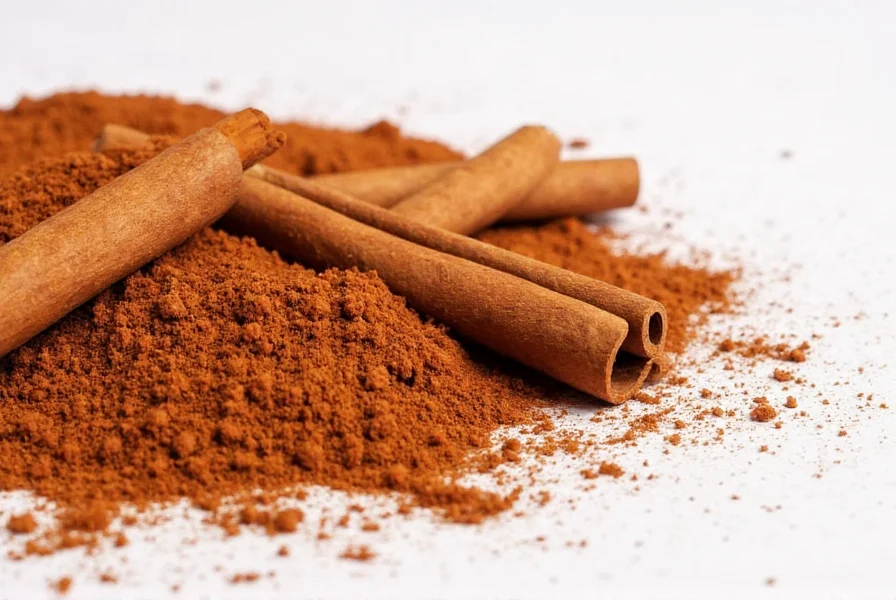
What Is Cinnamon Anyway?
Cinnamon is a spice made from the inner bark of trees from the Cinnamomum genus. When dried, the bark curls into the iconic quills (or sticks) we recognize so well. It’s been prized since ancient times not only for its flavor but also for its medicinal properties and role in religious rituals.
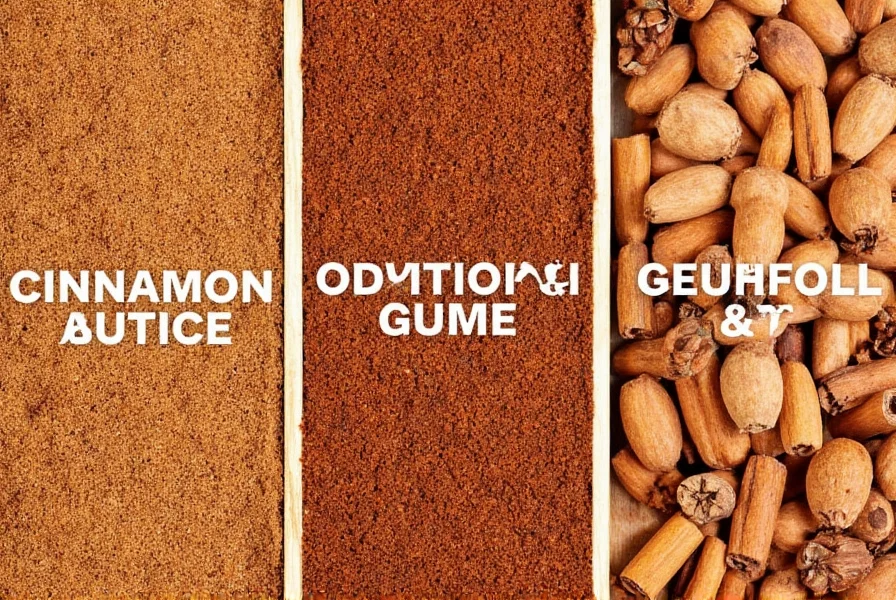
But as trade routes expanded and cultivation spread globally, several distinct varieties of cinnamon emerged — each with unique flavor profiles, textures, and best uses in the kitchen.
The Main Types of Cinnamon
There are two primary types of cinnamon dominating the global market today:
- Ceylon Cinnamon – Often called "true cinnamon."
- Cassia Cinnamon – More common and less expensive.
Let’s peel back the layers (pun intended!) and get to know each better.
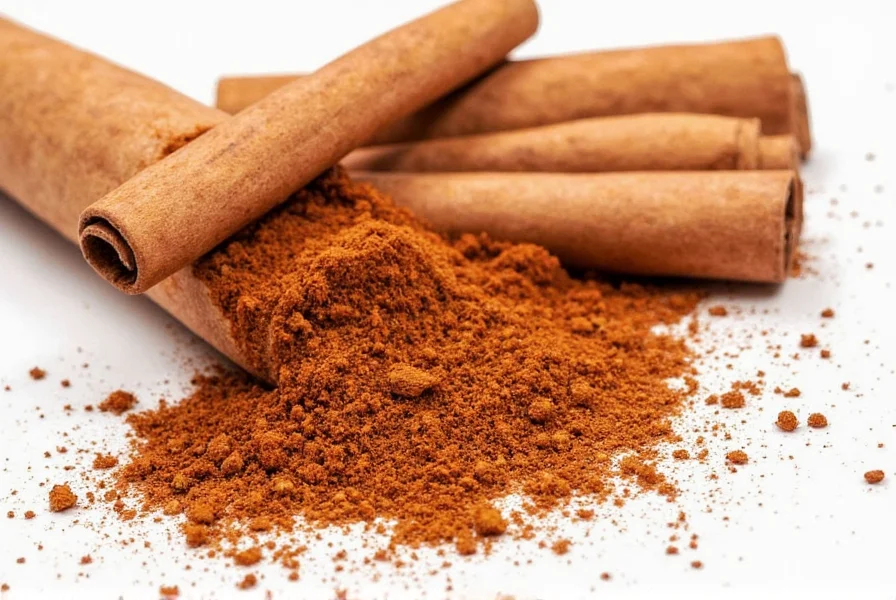
Ceylon Cinnamon
Ceylon cinnamon, native to Sri Lanka, is lighter in color and has a delicate, citrusy aroma. Its texture is softer and more crumbly than Cassia, making it easier to grind at home. It’s often preferred in European baking and dessert recipes because of its subtler flavor profile.
Cassia Cinnamon
Cassia cinnamon hails mostly from China, Vietnam, and Indonesia. It’s darker, thicker, and has a stronger, spicier bite. This is the kind most commonly found in supermarkets and pre-ground spice bottles. While robust in flavor, it contains higher levels of coumarin — a compound that can be harmful in large amounts.
Ceylon vs Cassia: The Ultimate Comparison
Let’s break down the key differences between these two powerhouse cinnamons:
| Feature | Ceylon Cinnamon | Cassia Cinnamon |
|---|---|---|
| Origin | Sri Lanka | China, Vietnam, Indonesia |
| Color | Pale brown | Reddish-dark brown |
| Texture | Thin, papery, multi-layered | Thick, hard single layer |
| Taste | Mild, sweet, citrusy | Strong, spicy, pungent |
| Coumarin Content | Very low | High |
| Price | Higher | Affordable |
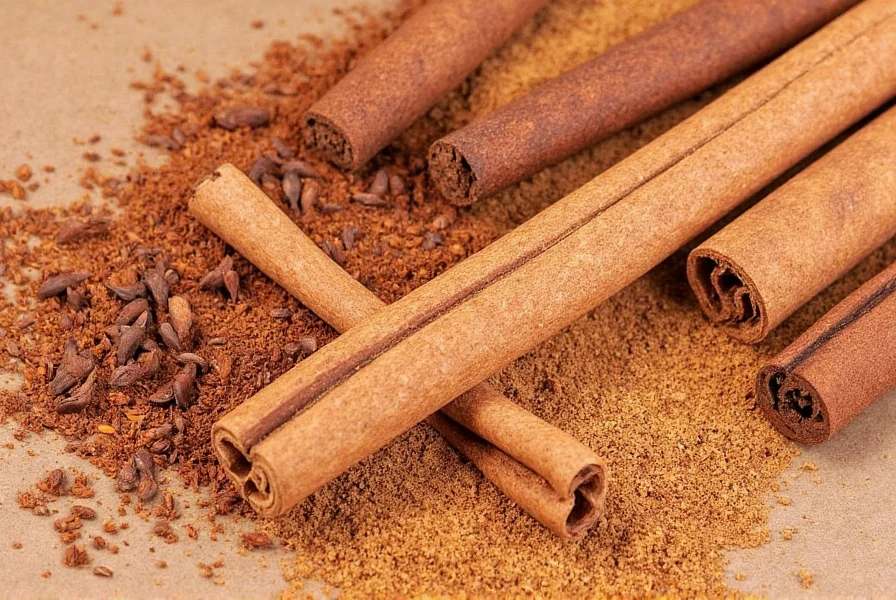
Other Lesser-Known Cinnamon Varieties
Beyond the Ceylon-Cassia showdown, there are other types of cinnamon worth mentioning:
Saigon Cinnamon (Vietnamese Cassia)
Saigon cinnamon, also known as Vietnamese cassia, is one of the strongest and most aromatic forms of cinnamon. It has high essential oil content and is perfect for bold dishes like spiced coffee, mulled wine, and intense baked goods.
Indonesian Cinnamon (Korintje Cassia)
This variety is widely exported and known for its dark color and medium strength. Commonly used in commercial food production due to its affordability and consistency.
Malabar Cinnamon
Native to India, Malabar cinnamon offers a balance between Ceylon and Cassia. It’s slightly sweeter than standard Cassia and often used in regional Indian desserts and chai blends.
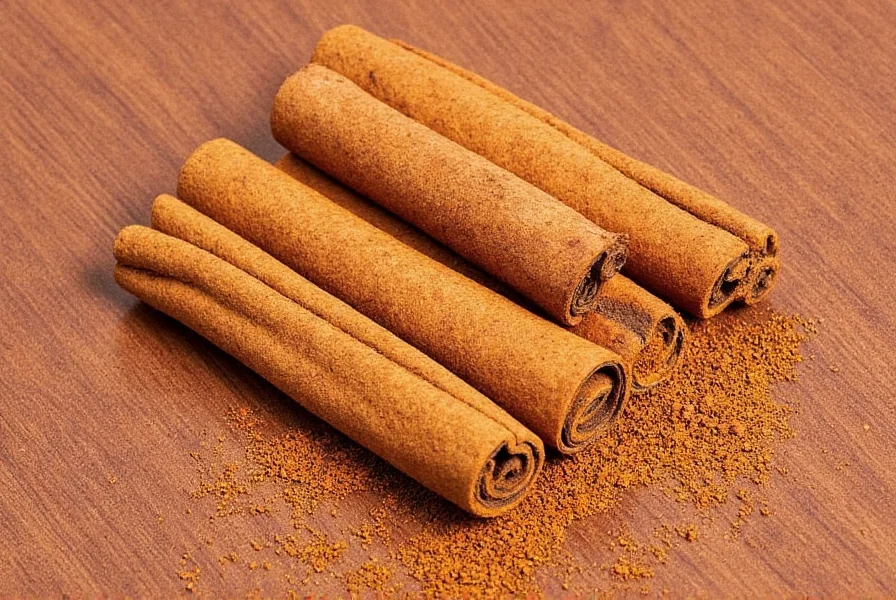
How to Use Each Type Like a Pro
Different cinnamons suit different applications. Here's how to match the right type to your recipe:
For Baking (Cookies, Cakes, Pastries)
- Ceylon: Ideal for delicate pastries and custards where you want subtle warmth without overpowering flavors.
- Cassia: Great for dense, hearty bakes like banana bread or spiced muffins.
For Beverages (Chai, Coffee, Hot Chocolate)
- Saigon: Adds punchy aroma to masala chai or homemade spiced lattes.
- Malabar: Offers depth without overwhelming the palate — perfect for hot chocolate or mulled wine.
For Savory Dishes (Curries, Tagines, Rice)
- Cassia: Holds up well in complex spice blends like garam masala or ras el hanout.
- Ceylon: Works best in mild curries or rice pilafs where a gentle cinnamon note enhances rather than dominates.
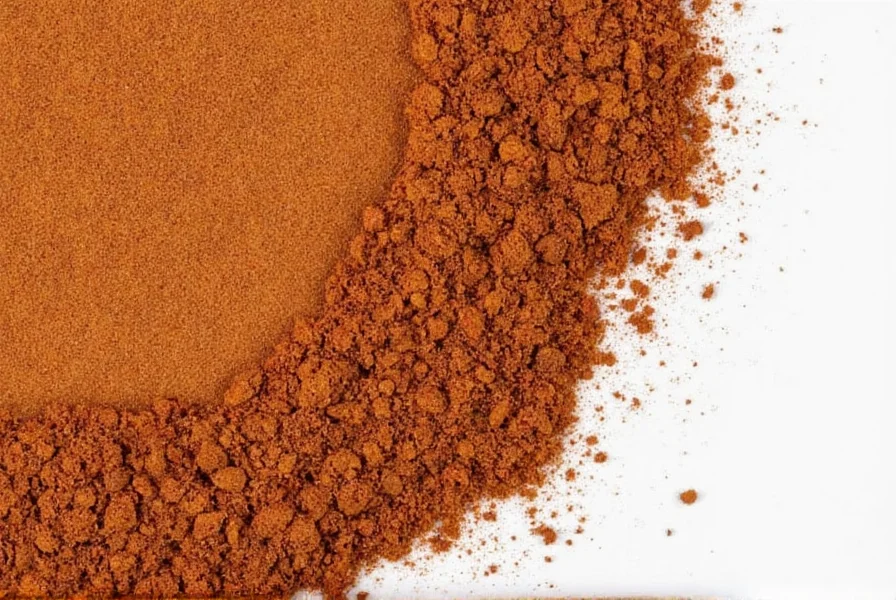
Buying Guide: How to Choose the Right Cinnamon
With so many options, picking the right cinnamon can feel overwhelming. Let’s walk through what to look for and when each type shines.
What to Look for When Buying Cinnamon
- Form: Sticks vs powder? Whole sticks retain flavor longer, while powder is convenient for everyday use.
- Origin: Check labels! True Ceylon will often be labeled as such. If not specified, it’s likely Cassia.
- Packaging: Airtight containers protect against moisture and oxidation.
- Smell: Fresh cinnamon should be aromatic and strong. If it smells stale, it’s old.
Top Picks for Different Uses
| Product Name | Features | Best For | Recommended Brand |
|---|---|---|---|
| Ceylon Cinnamon Sticks | Light, sweet, low coumarin | Fine baking, custards, beverages | Kalustyan’s Organic Ceylon |
| Cassia Ground Cinnamon | Robust, affordable, pantry staple | Bread, cookies, oatmeal | McCormick Gourmet Ground |
| Vietnamese Saigon Cinnamon | High oil content, intense aroma | Spiced drinks, bold desserts | The Spice Lab Saigon |
| Indonesian Korintje Cinnamon | Balanced sweetness and heat | Commercial use, sauces | Burlap & Barrel Rainforest Cinnamon |
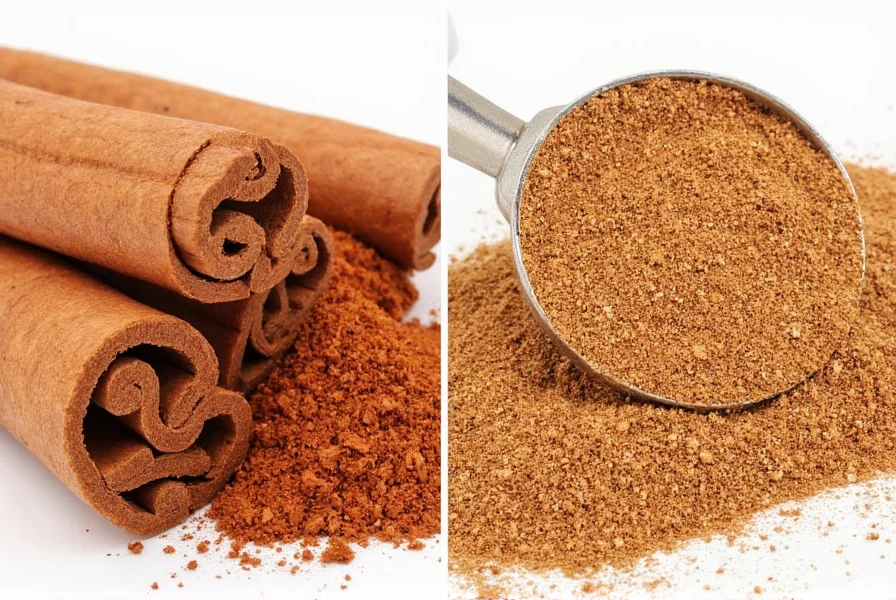
Conclusion
Whether you're reaching for a sprinkle of ground cinnamon on your morning toast or steeping whole sticks into a warm cup of chai, knowing your Ceylon from your Cassia can elevate your culinary game significantly. There’s no single “best” type — just the right one for your recipe, lifestyle, and taste buds.
Now that you’ve got the full rundown on the different types of cinnamon, it’s time to experiment. Try swapping out your usual bottle for a new variety and see how it changes your favorite dish. You might just discover your new signature spice!
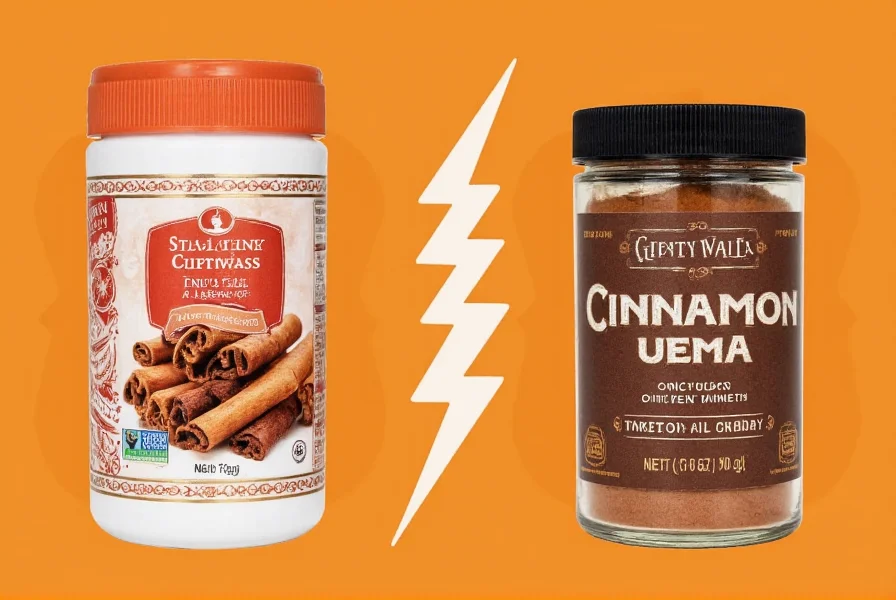

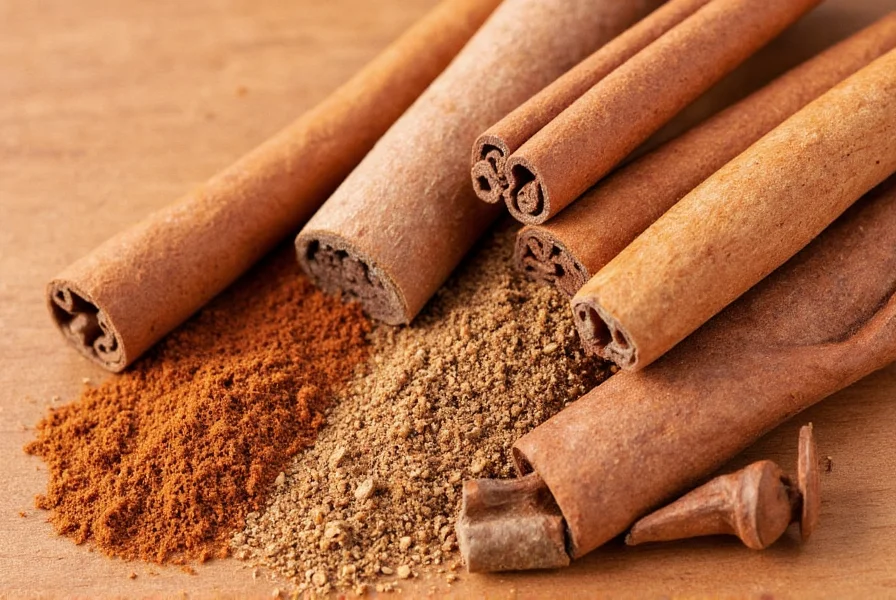









 浙公网安备
33010002000092号
浙公网安备
33010002000092号 浙B2-20120091-4
浙B2-20120091-4